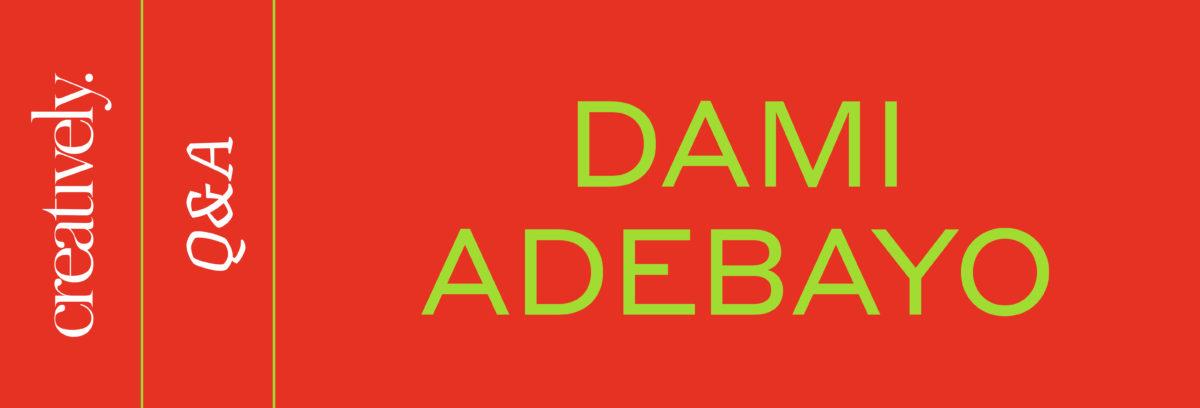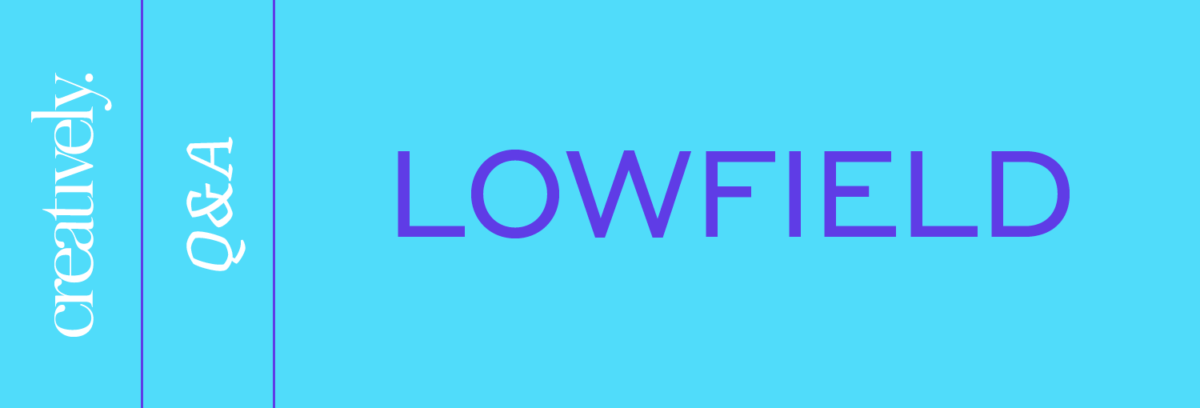David Stenbeck is a digital artist whose ethereal, three-dimensional renderings have a decidedly hyper-real, almost alien quality. A self-proclaimed “spiritual misleader” living in Helsingborg, Sweden, Stenbeck is also a former published poet, editor, and literary critic, which explains the tongue-in-cheek wordplay you’ll find in many of his images.
His surreal artwork has been featured in outlets as varied as Glamour and Cosmopolitan, the SCOPE International Contemporary Art Show in Miami, as well as on the cover of “Stranger Things” actor Dacre Montgomery’s recently published book of poems, DKMH. Stenbeck has also created work for Apple Music and Bumble, among other top brands.
To create his dreamlike, often playful images, Stenbeck uses the three-dimensional modeling software Cinema 4D, combining cinematic images of natural landscapes with neon and lasers in a way that feels almost like science fiction. Despite the otherworldly nature of his work, however, Stenbeck’s images feel decidedly grounded in the contemporary. In one composition, a book titled, “Cancelled Dates During COVID-19, vol. 1” sits next to a bottle of wine; in another, the text, “Might Delete Later” hovers over a dark forest, casting the surrounding trees in a beguiling neon glow.
You can check out his latest projects on Creatively here.
Meet Swedish digital artist, David Stenbeck. Photography credit: Johanna Stenbeck.
What is the first creative project you remember?
When I was eight or nine, I built a kiosk out of expensive, green paper sheets during a break in school. When the teacher came back to the classroom, she wasn’t too happy that I’d made it life-sized as opposed to the miniature version she had imagined when we discussed its realization. But that’s typically me: a baroque approach.
Describe your aesthetic in three words.
I don’t know, neon-classical… perhaps.
Jesolo Cloud (2019) by David Stenbeck, courtesy of Jenn Singer Gallery.
What was the most fulfilling collaboration you’ve worked on?
Together with a Sino-German 3D-scanner brand, I’m making digital sculptures with the intention to eventually cast larger, physical versions. To say I’m enthusiastic about these kinds of hybrid concepts is an understatement. They leave me feeling connected to various historical artistic ‘isms’ and expressions.
What’s one creative project that taught you something fundamental about yourself?
The above mentioned one: I can now be Bernini if I want.
Do you think creativity is something you’re born with or something you’re taught?
It’s in your DNA. That being said, you need the right environment to allow any output. We’re mostly guided by chance and we end up wherever convenience steers us.
H-2-OH (2019) by David Stenbeck, courtesy of Jenn Singer Gallery.
What’s the last dream you had?
I dreamt of a raging contemporary street adventure, almost Hieronymus Bosch-like in plentitude, bejeweled with synthetic drugs and deep regrets.
I Miss the Future (2020) by David Stenbeck, courtesy of Jenn Singer Gallery.
One hundred years from now, what do you hope people write about your work?
That is absolutely not for me to speculate about!
Follow @dovneon on Creatively
Creatively is more than a platform—we’re a creative collective.
Questions or feedback? Email us at feedback@creatively.life
















